Lost in the throng: James Glisson explores the phenomenon of crowds in art
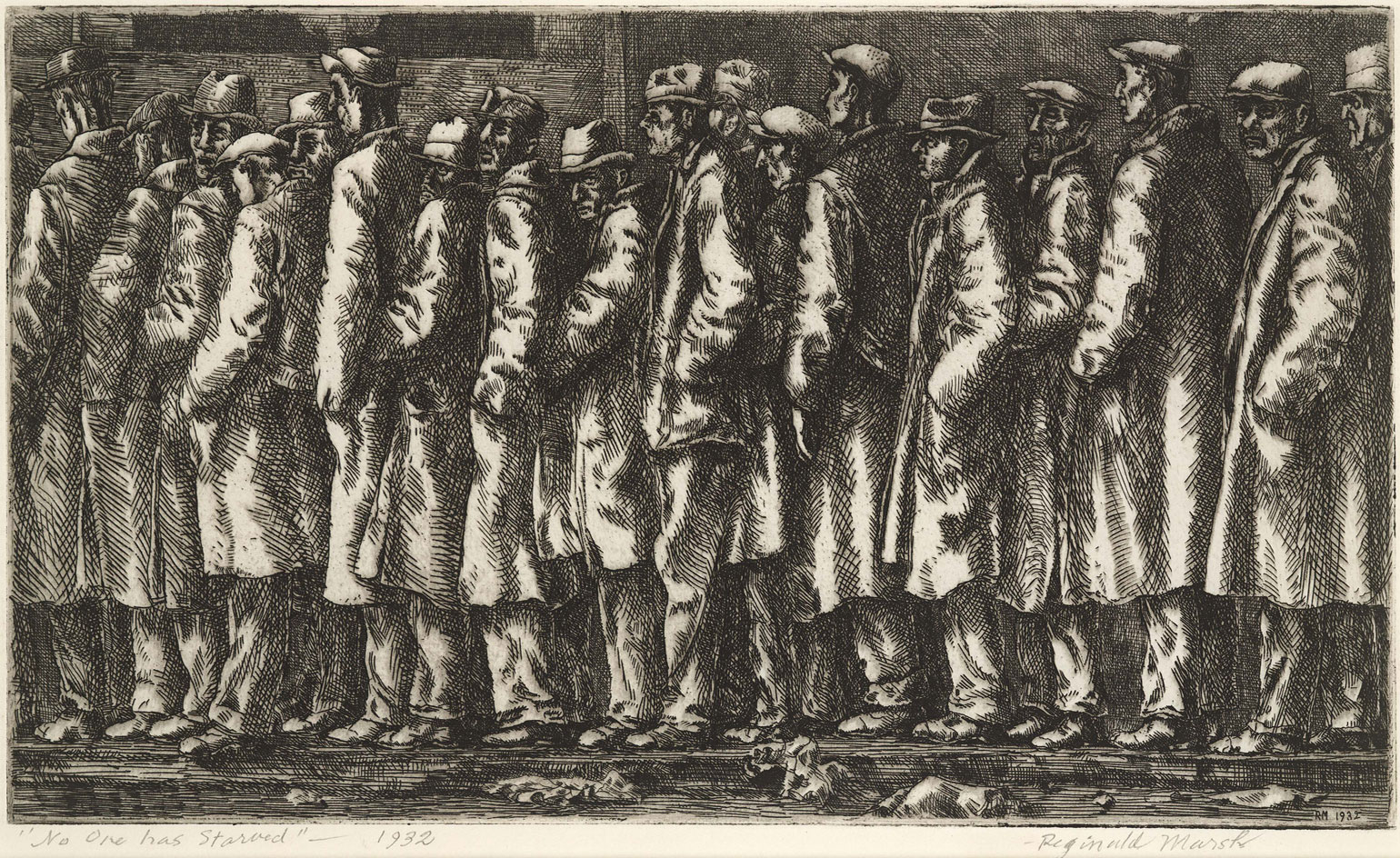
These days, the term 'crowd' is often associated with funding projects or sourcing services from the masses surfing the web. But long before Kickstarter or Indiegogo were even conceivable, large gatherings of people have filled our urban spaces to attend public performances, participate in revolutionary movements or simply and randomly swarm together like bees around a hive.
Of course, crowds have also served to inspire artwork – a concept known all too well by James Glisson, the curator of 'A World of Strangers: Crowds in American Art', opening 17 October at the Huntington Art Gallery in San Marino, California. The show, which will run until 4 April 2016, highlights a collection of prints donated to the museum by Hannah Kully and which focuses on American printmakers from the First World War to the mid-20th century.
Though artists have represented people as abstract patterns, in this exhibition, 'they're pictures of people who are recognised as people in scenes from everyday life', says Glisson.
Consider, for example, Walker Evans' Yankee Stadium with Capacity Crowd and Billboard. The 1946 Gelatin silver print, with its prominent corporate logos, appears to be critiquing the advertising industry. 'Evans' photograph surely says something profound, but we're left wondering what that might be,' says Glisson. Not so with Weegee's The First Murder, another print from c. 1950, depicting a group of people with facial expressions ranging from glee to disgust, craning to view a dead body.
The genesis of the exhibit began in 2010 when Glisson was working on his dissertation about how white, middle class artists depicted New York City. Sitting in the New York Public Library for ten hours a day, Glisson spent weeks 'like a human Google', combing through thousands of pages of illustrated magazines. 'I noticed that in a pretty distinct moment, somewhere between 1890 and 1895, these images of people went from being individuated to being nothing but patterns.'
Alas, the show ended up following a different path, steeped in realism. 'Yet,' says Glisson, 'these artists, consciously or unconsciously, seek out patterns as a way to tame and control the overwhelming experience of being in a crowd. Being packed in with others is a hyper-sensory and anxiety producing experience. Patterning offers a way to organise those sensations into something graspable and cognisable, as opposed to frenetic and excessive.'
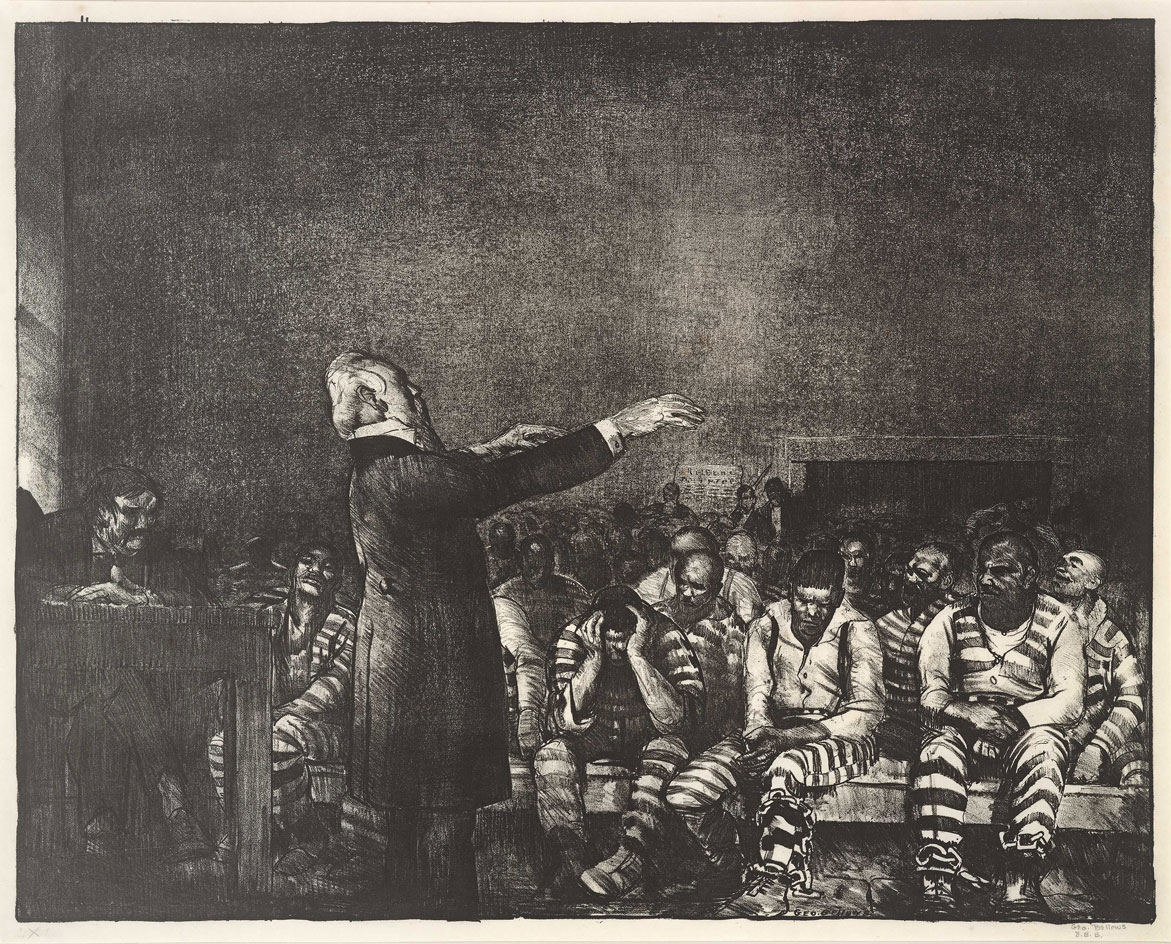
Crowds have also served to inspire artwork – a concept known all too well by James Glisson, the curator of 'A World of Strangers: Crowds in American Art' at the Huntington Art Gallery in San Marino, California. Pictured: Benediction in Georgia, by ,1916
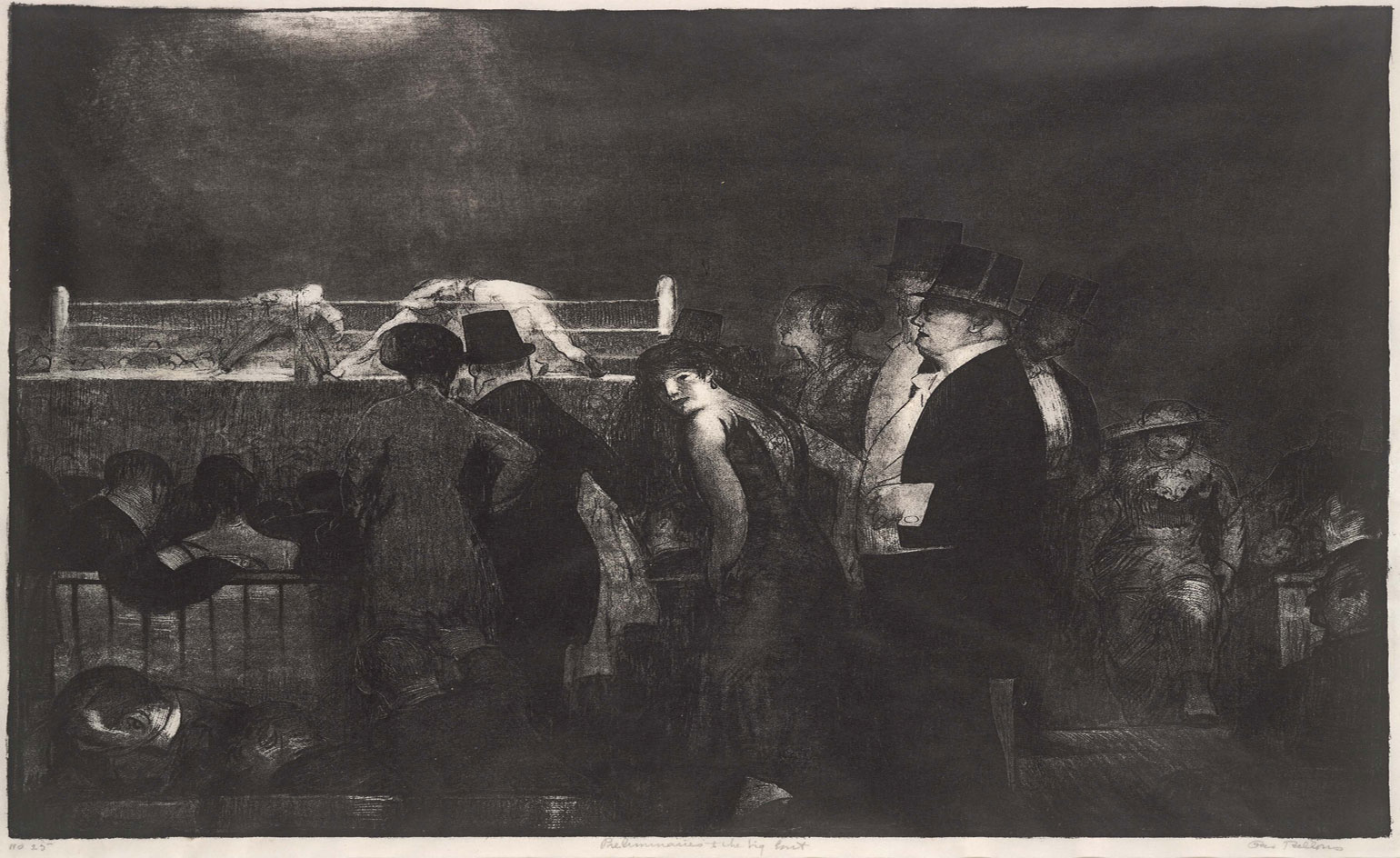
The show highlights a collection of prints donated to the museum by Hannah Kully. Pictured: Preliminaries to the Big Bout, by George Wesley Bellows, 1916
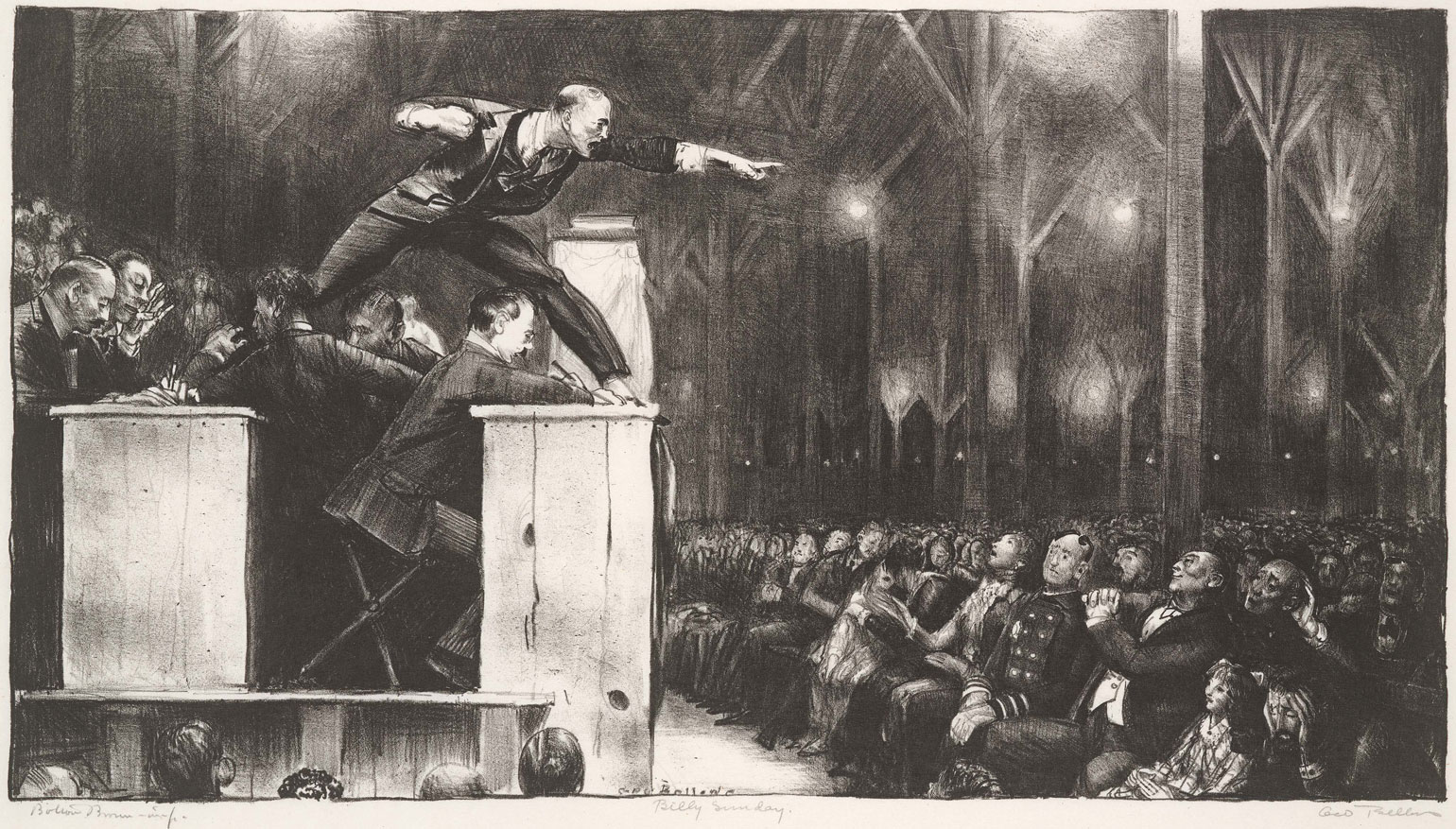
The show focuses on American printmakers from the First World War to the mid-20th century. Pictured: Billy Sunday, by George Wesley Bellows, 1923
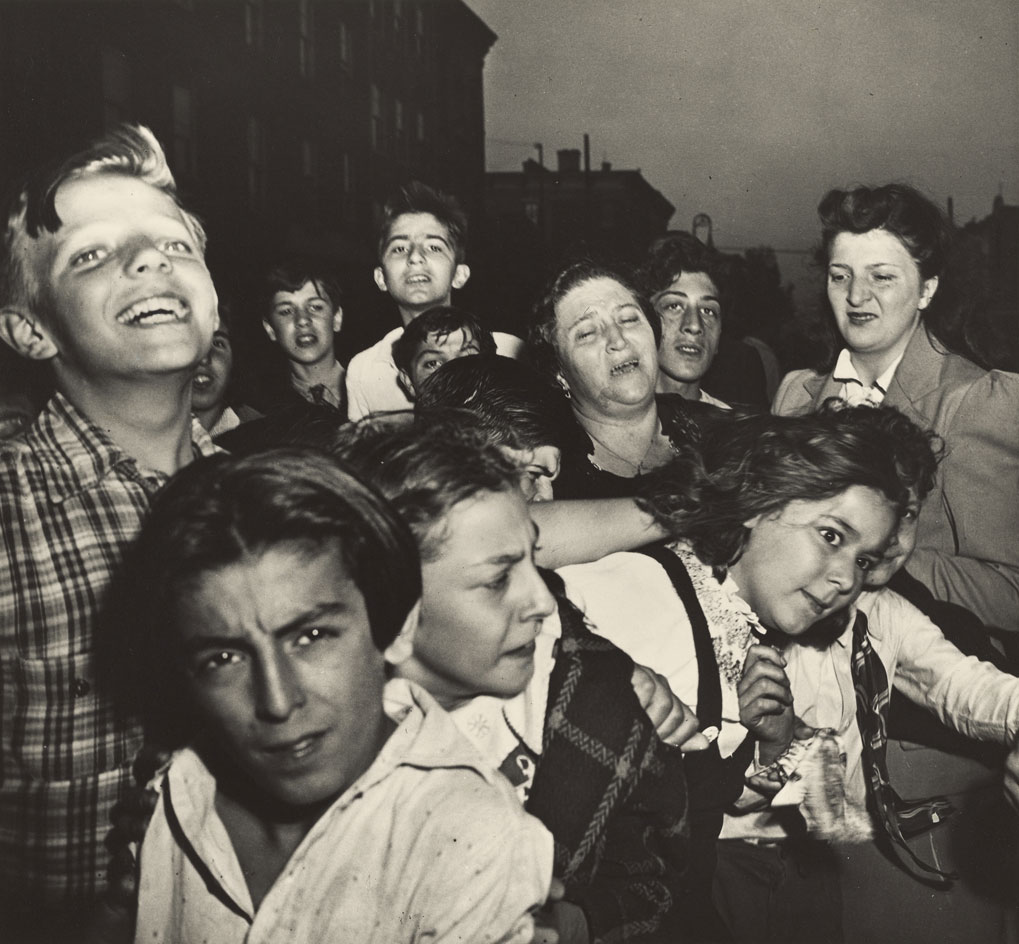
The genesis of the exhibit began in 2010 when Glisson was working on his dissertation about how white, middle class artists depicted New York City. Pictured: The First Murder, by Weegee, c. 1950. Los Angeles and International Center of Photography
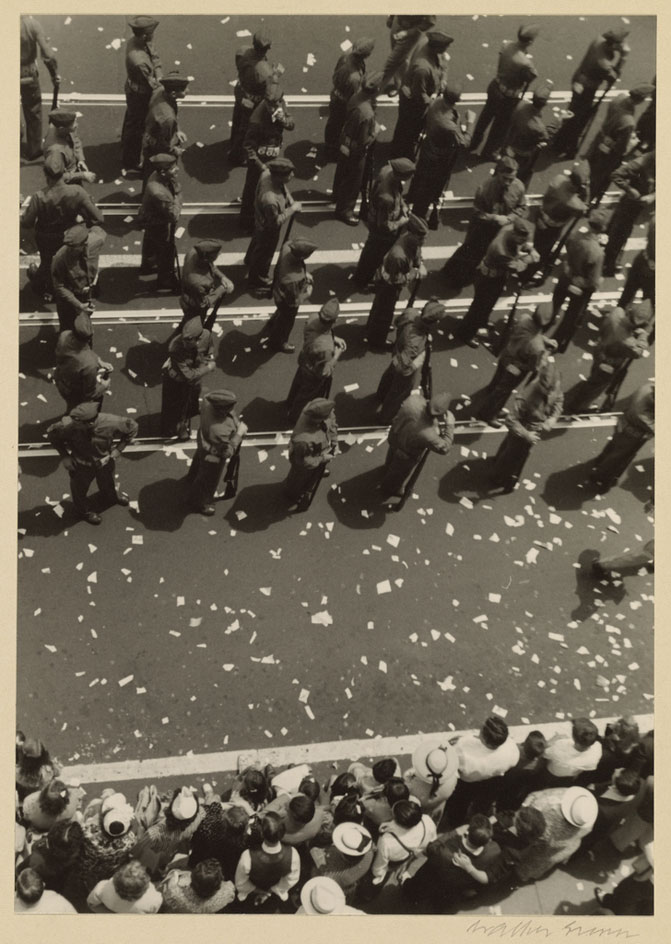
Sitting in the New York Public Library for ten hours a day, Glisson spent weeks 'like a human Google', combing through thousands of pages of illustrated magazines. Pictured: Bridgeport Parade: Marching Band and Crowd, by Walker Evans, 1941. , Los Angeles
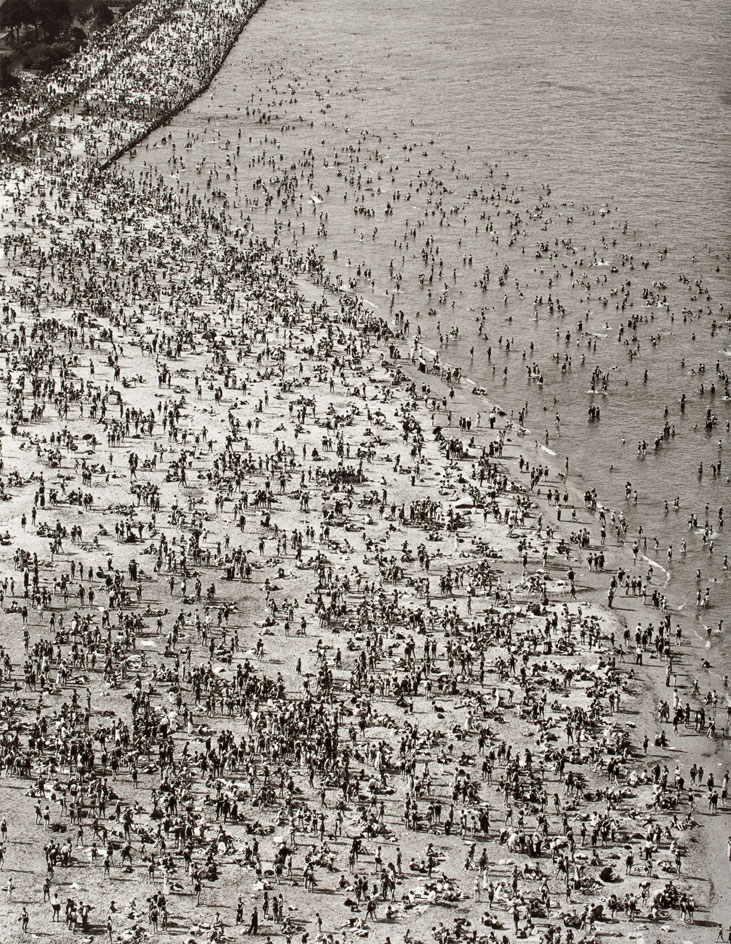
'I noticed that in a pretty distinct moment, somewhere between 1890 and 1895, these images of people went from being individuated to being nothing but patterns,' says Glissen. Pictured: Crowded Beach, by Torkel Korling, 1929.
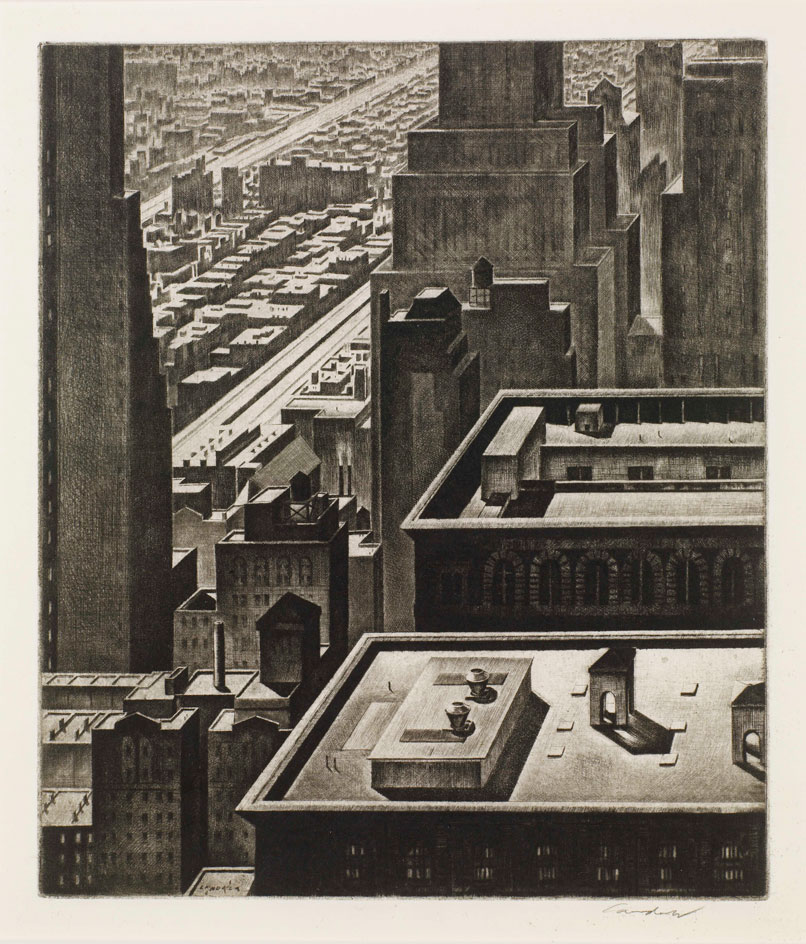
Manhattan Vista, by Armin Landeck, 1934
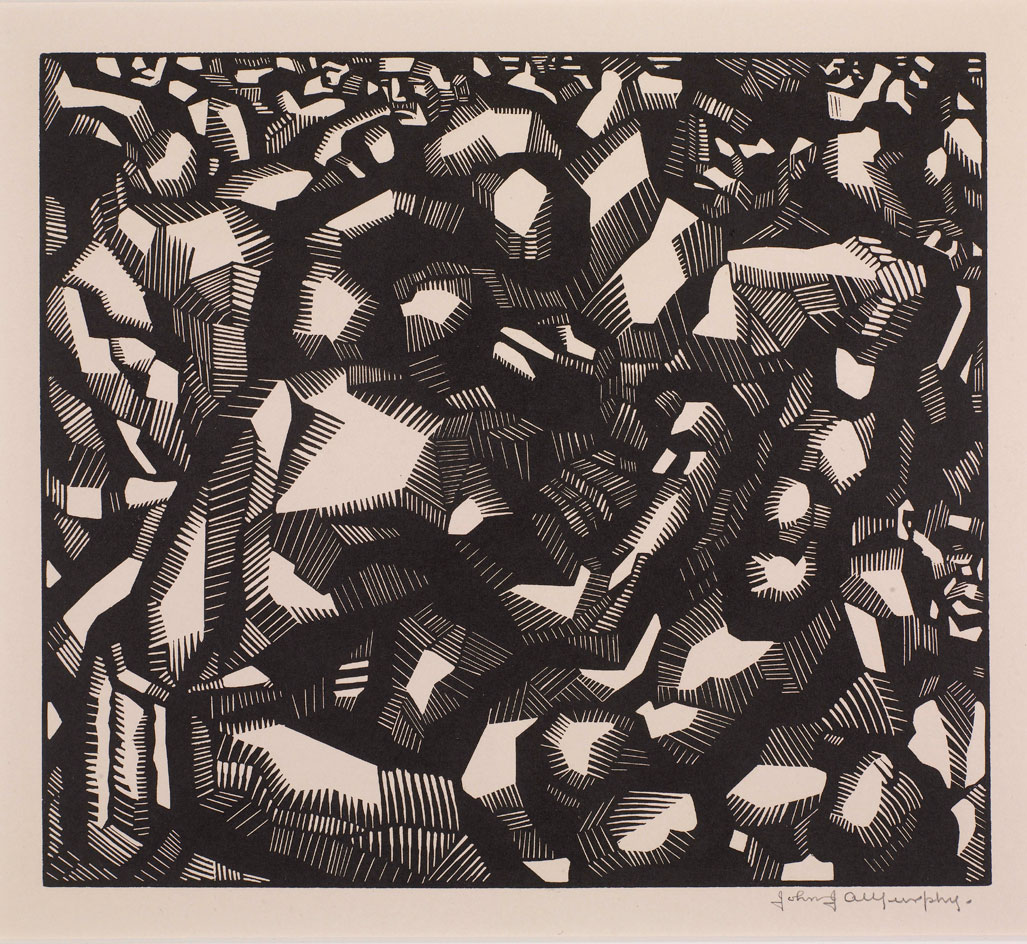
Shadow Boxers, by John JA Murphy, 1925
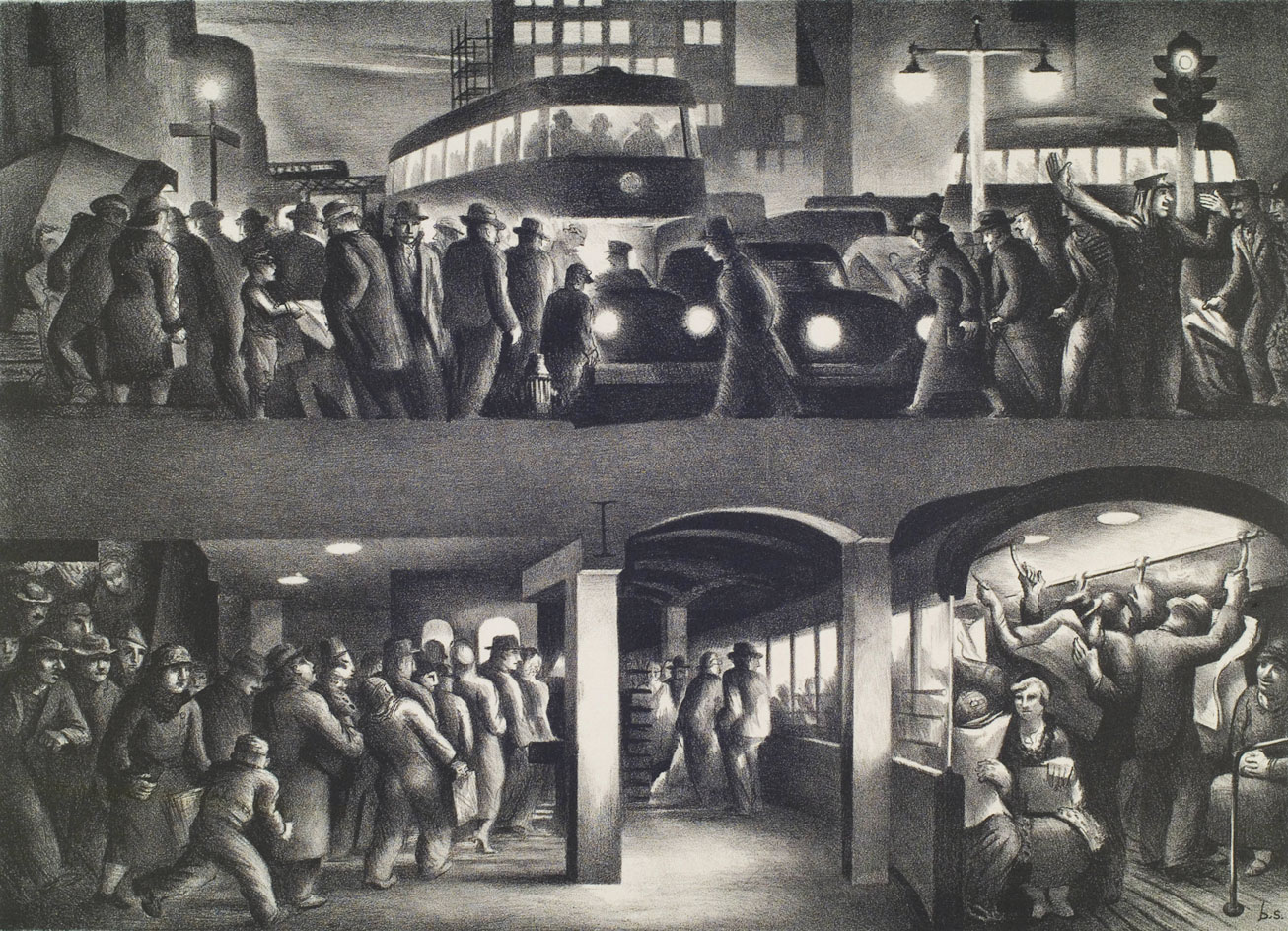
The People Work – Evening, by Benton Murdoch Spruance, 1937.
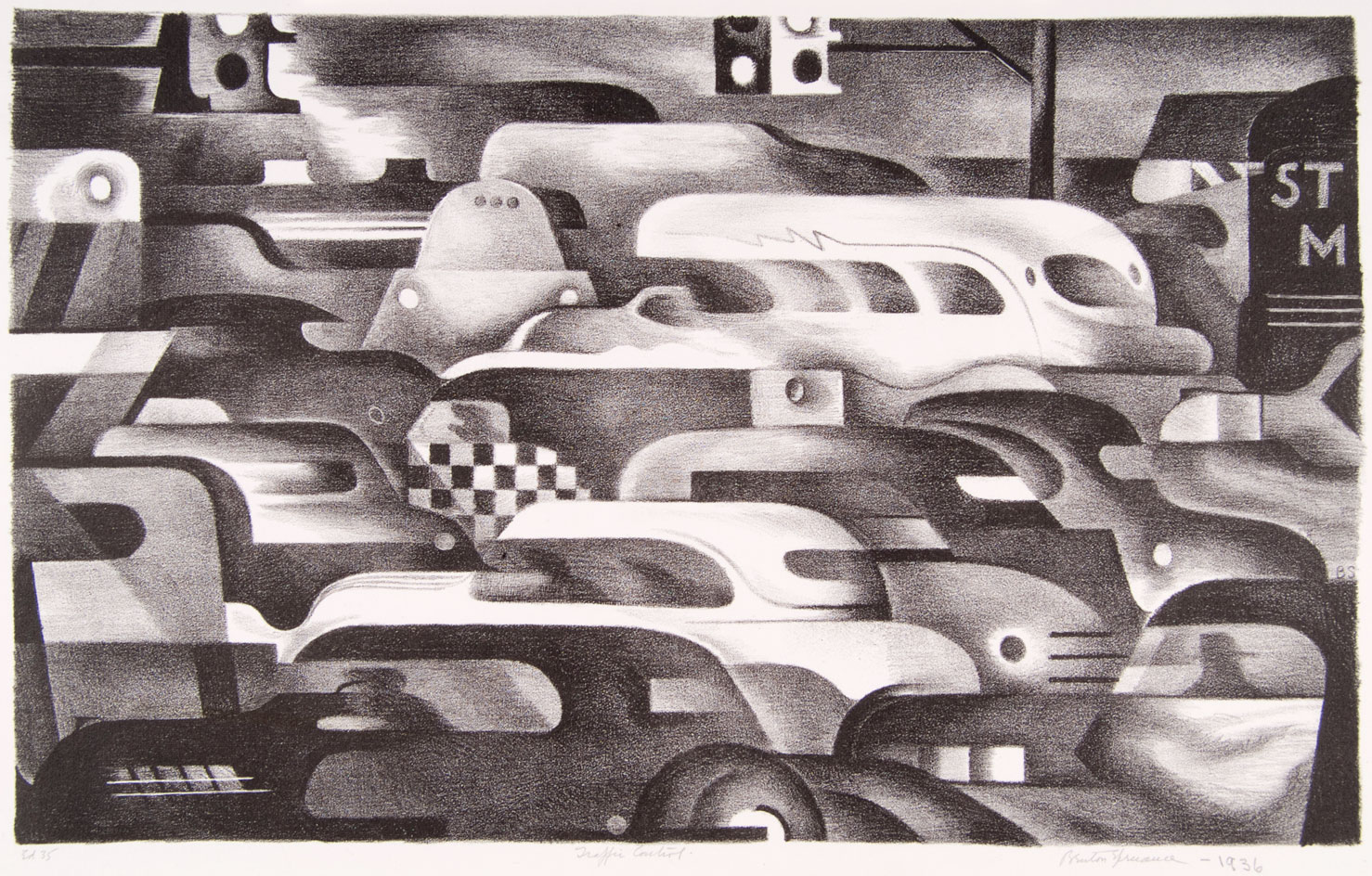
Traffic Control, by Benton Murdoch Spruance, 1936.
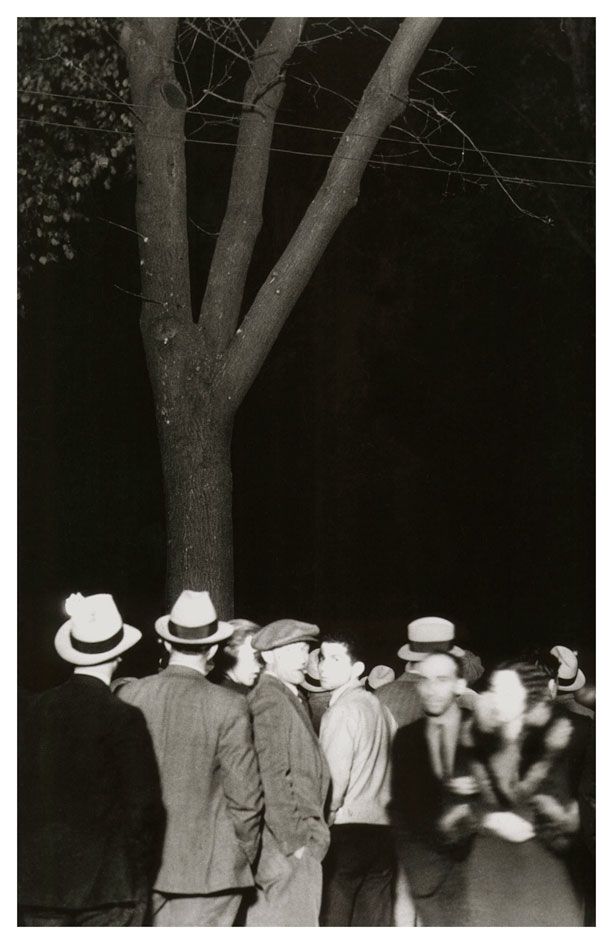
East First Street (St James Park), by Ken Gonzales-Day, 2006.
INFORMATION
’A World of Strangers: Crowds in American Art’ opens on 17 October and runs until 4 April 2016
ADDRESS
Huntington Art Gallery
1151 Oxford Road
San Marino, CA 91108
Wallpaper* Newsletter
Receive our daily digest of inspiration, escapism and design stories from around the world direct to your inbox.
-
 All-In is the Paris-based label making full-force fashion for main character dressing
All-In is the Paris-based label making full-force fashion for main character dressingPart of our monthly Uprising series, Wallpaper* meets Benjamin Barron and Bror August Vestbø of All-In, the LVMH Prize-nominated label which bases its collections on a riotous cast of characters – real and imagined
By Orla Brennan
-
 Maserati joins forces with Giorgetti for a turbo-charged relationship
Maserati joins forces with Giorgetti for a turbo-charged relationshipAnnouncing their marriage during Milan Design Week, the brands unveiled a collection, a car and a long term commitment
By Hugo Macdonald
-
 Through an innovative new training program, Poltrona Frau aims to safeguard Italian craft
Through an innovative new training program, Poltrona Frau aims to safeguard Italian craftThe heritage furniture manufacturer is training a new generation of leather artisans
By Cristina Kiran Piotti
-
 Leonard Baby's paintings reflect on his fundamentalist upbringing, a decade after he left the church
Leonard Baby's paintings reflect on his fundamentalist upbringing, a decade after he left the churchThe American artist considers depression and the suppressed queerness of his childhood in a series of intensely personal paintings, on show at Half Gallery, New York
By Orla Brennan
-
 Desert X 2025 review: a new American dream grows in the Coachella Valley
Desert X 2025 review: a new American dream grows in the Coachella ValleyWill Jennings reports from the epic California art festival. Here are the highlights
By Will Jennings
-
 In ‘The Last Showgirl’, nostalgia is a drug like any other
In ‘The Last Showgirl’, nostalgia is a drug like any otherGia Coppola takes us to Las Vegas after the party has ended in new film starring Pamela Anderson, The Last Showgirl
By Billie Walker
-
 ‘American Photography’: centuries-spanning show reveals timely truths
‘American Photography’: centuries-spanning show reveals timely truthsAt the Rijksmuseum in Amsterdam, Europe’s first major survey of American photography reveals the contradictions and complexities that have long defined this world superpower
By Daisy Woodward
-
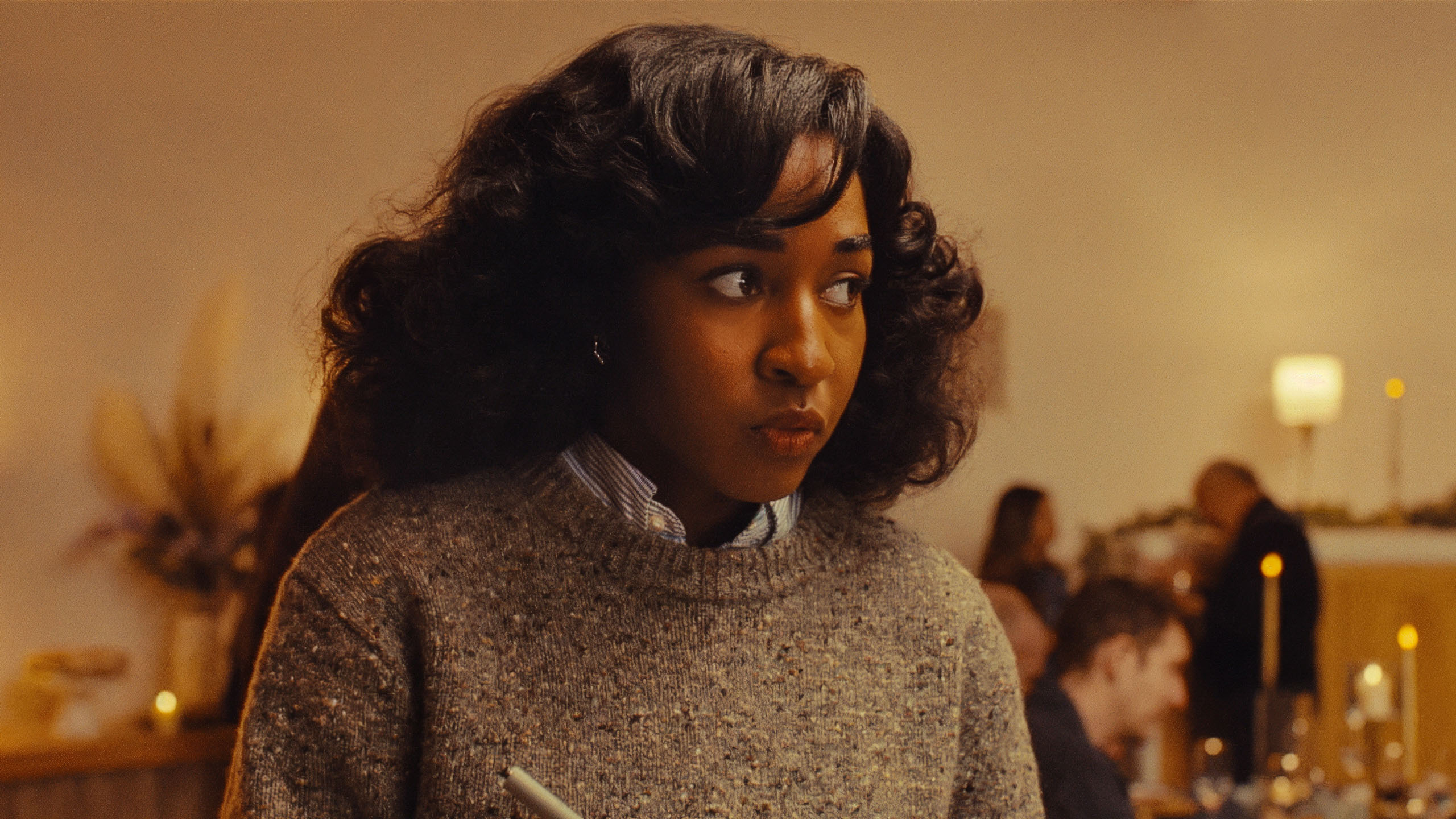 Sundance Film Festival 2025: The films we can't wait to watch
Sundance Film Festival 2025: The films we can't wait to watchSundance Film Festival, which runs 23 January - 2 February, has long been considered a hub of cinematic innovation. These are the ones to watch from this year’s premieres
By Stefania Sarrubba
-
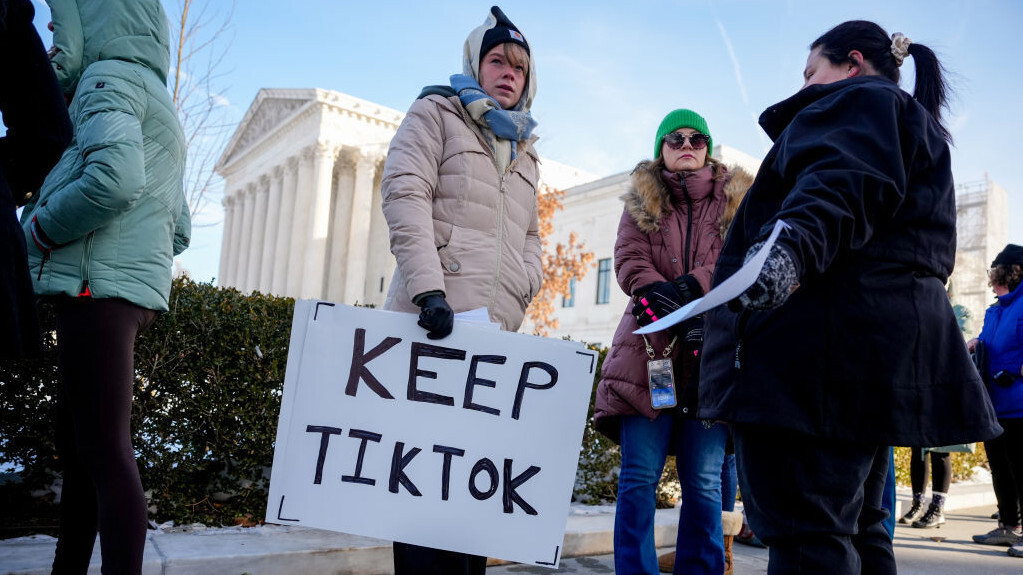 What is RedNote? Inside the social media app drawing American users ahead of the US TikTok ban
What is RedNote? Inside the social media app drawing American users ahead of the US TikTok banDownloads of the Chinese-owned platform have spiked as US users look for an alternative to TikTok, which faces a ban on national security grounds. What is Rednote, and what are the implications of its ascent?
By Anna Solomon
-
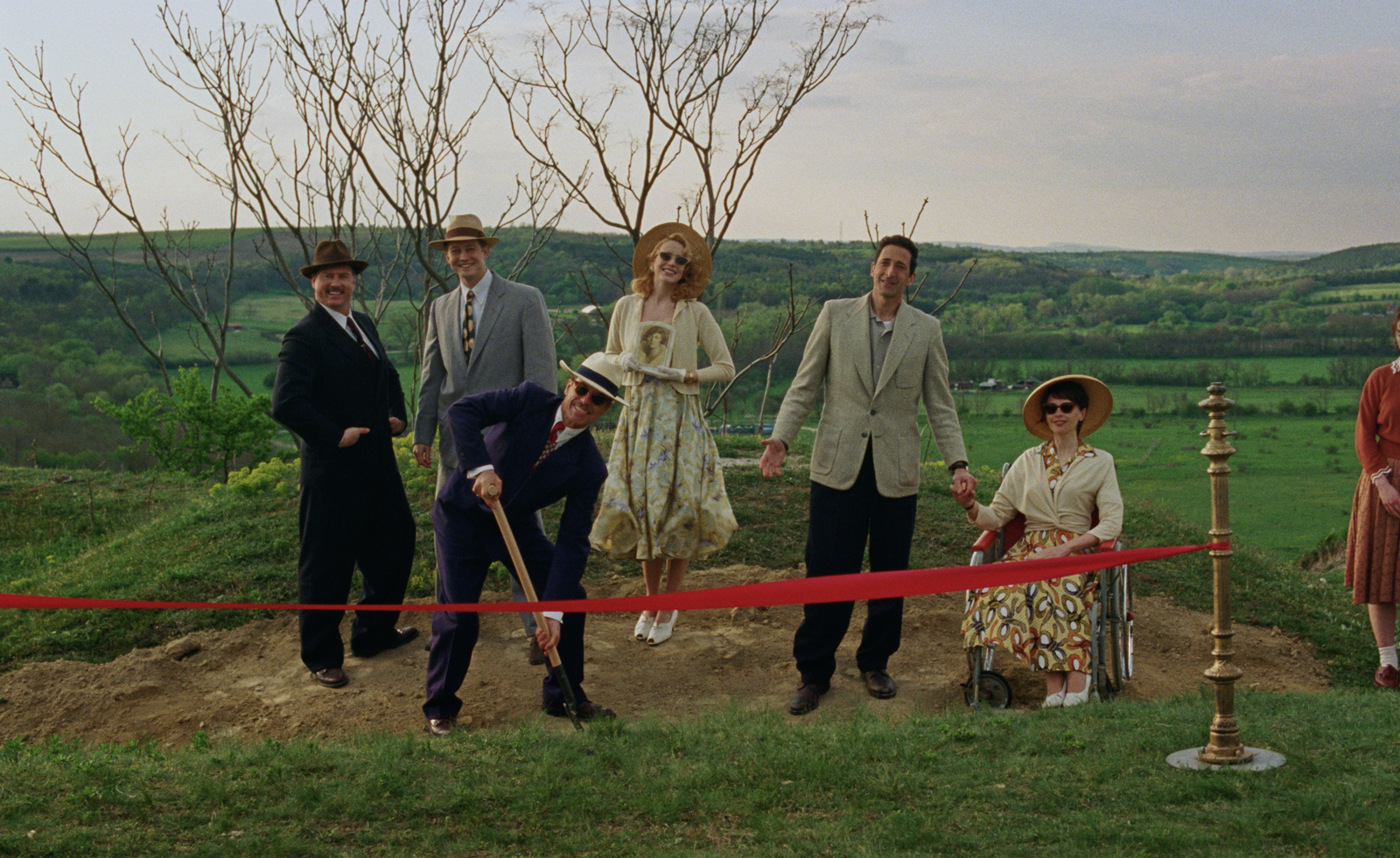 Architecture and the new world: The Brutalist reframes the American dream
Architecture and the new world: The Brutalist reframes the American dreamBrady Corbet’s third feature film, The Brutalist, demonstrates how violence is a building block for ideology
By Billie Walker
-
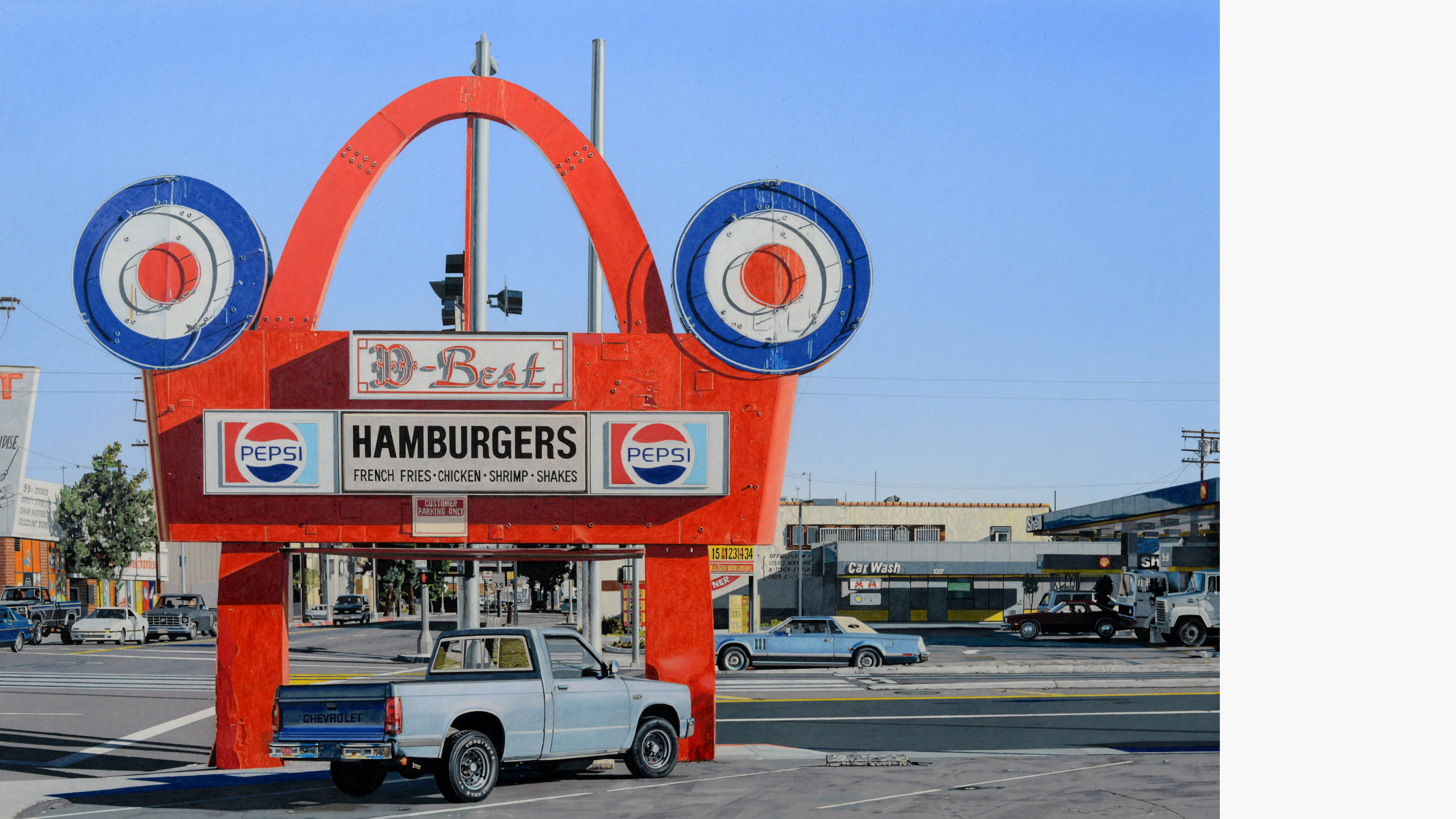 ‘Gas Tank City’, a new monograph by Andrew Holmes, is a photorealist eye on the American West
‘Gas Tank City’, a new monograph by Andrew Holmes, is a photorealist eye on the American West‘Gas Tank City’ chronicles the artist’s journey across truck-stop America, creating meticulous drawings of fleeting moments
By Jonathan Bell